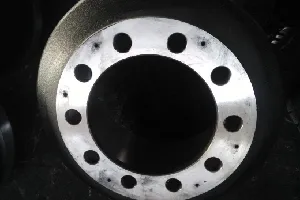drop ceiling t bar
2. Ease of Installation T-bar suspended ceiling grids are relatively straightforward to install, making them a popular choice among contractors. The modular nature of the grid means that tiles can be easily added or removed, streamlining maintenance and repair work. Additionally, the process typically requires fewer tools compared to other ceiling options, saving both time and labor costs.







